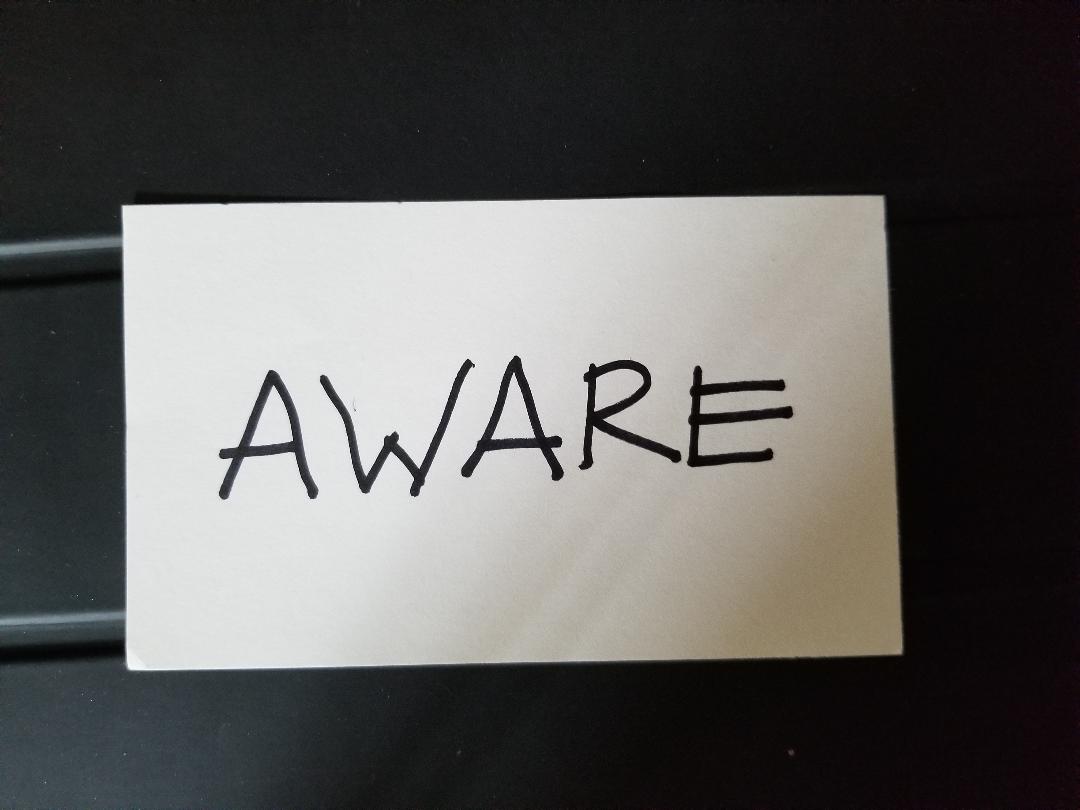There are times that anyone may experience anxiety. Before making a life changing decision, taking an important test or upon hearing unexpected news. Usually, those feelings pass, they are temporary. However, for the person diagnosed with Anxiety Disorder it can build and continue until it interferes with daily activities.

While I don’t diagnose, I frequently get referrals from doctors who have patients with Anxiety Disorder that are looking for relief. Hypnosis has proven to be very effective in helping reduce the stress levels and help to reset thoughts. I often record the trance portion of our session to help my client reinforce the new feelings after we have met.
I am always looking for new tools to help in the diminishing of stress and anxiety. So, much to my delight a new tool found a way into my toolbox and I really want to share it. I asked a beautiful young friend of mine who deals with anxiety to give me 3 words for it. She instantly responded with suffocating, tense and nervous. What she didn’t know was, she was already using the first step of the new tool. She has used some of the other steps as well in the past. This is simply a lovely way to put them into a quick simple practice.
Right now, if you are suffering from anxiety, pull out an index card and write the word AWARE on it. Aware is an acronym for Accept, Watch, Act Normal, Repeat and Expect. Allow me to explain.
Accept: accept that you are feeling the anxiety and go a step further to name it. Yes, use as many creative words as you can to give it a name. According to a 2015 study1 putting feelings into words can reduce the physiological symptoms of anxiety.
Watch: watch the anxiety. Observe it as if it was something you could rate, give it a number on a scale of 1 – 10. Just by doing that you have removed some of the attachment you might have to the sensations. It is now a number instead of a state. Then take a few slow deep breathes and notice if the number changes. (Frequently it will go down a number or two.)
Act Normal: Take some slow deep breathes, making sure that the exhale is longer than the inhale. (i.e. in to the count of 4, hold to the count of 4 and release to the count of 8.) If you are speaking, calm your speech down as well. Keep your attention on the breathes or the moment you are speaking about. Think about your surroundings instead of your worries.
Repeat: Simply repeat the first 3 steps as needed.
Expect: Expect the best results as that is what you deserve!
By pulling out the card and reminding yourself to use those steps you can redirect your “awareness” from feeling uncomfortable to feeling peaceful. Ironically, the sensations we feel during anxiety are often the same sensations we feel when excited (think the night before your birthday or another big holiday as a kid) and when exercising. Heart pounding, gasping breathes, sweaty palms and shaking can all happen when you are excited or heavily exerting yourself, yet you don’t think of that as an attack. So maybe panic attacks are simply mislabeled physiological occurrences that we tie to negative thoughts.
Once the moment has passed, it is time to move on to keeping that old anxiety away. According to Dr. Daniel Amen, who has written several books on the brain2 daily elevated heart rate (such as walking briskly) improves the heart, the brain and your mood! Therefore, daily exercise such as a taking that brisk walk or dancing around your house will help keep those tigers away.
While fear and anxiety may have a rightful place on occasion, it does not have to control you. Use these tips along with a little hypnosis and take back your thoughts and your joy!
- https://www.sciencedirect.com/science/article/pii/S0005796715000431
- https://www.brainmdhealth.com/education/media/books?utm_campaign=BMD+-+Branded+-+Books&utm_source=AdWords&utm_medium=Paidsearch&utm_kmkw=daniel+amen+books&gclid=CjwKCAjw-8nbBRBnEiwAqWt1zULDpMWpZ6Fj1A9Wal9zmUiVOW-J7FTmkoz3Tl_u7F2aqpgxos0akBoCb8QQAvD_BwE

